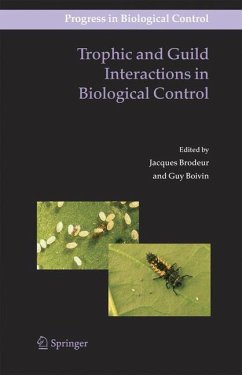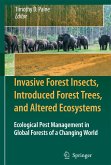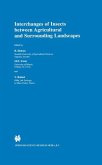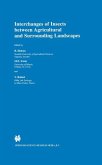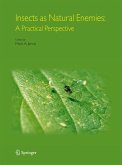This book origins from a symposium we organized in May 2005 at a joint meeting of the Biocontrol Network of Canada and the International Organization for Biological Control in Magog, Québec, Canada. During this symposium, we discussed concepts of direct and indirect interactions among natural enemies of herbivores in natural and agricultural ecosystems - a field of growing interest in ecology and biological control. Natural enemies of herbivores exist in nature as an assemblage of species that interact with one another and may transcend trophic levels. The community embracing a natural enemy can be complex and includes taxonomically dissimilar species of pathogens, parasitoids, and predators. These interactions involve predation and competition processes and share the typical characteristics of resource-consumer relationships where the resource species is killed and consumed by the other. Although they are mostly viewed as primary carnivores (developing on herbivores), natural enemies can also be secondary carnivores (when they attack other natural enemies), hosts, prey, or even herbivores, as several species may also feed on and acquire energy from plant resources.
From the reviews: "The edited volume Trophic and guild interactions in biological control is a commendable step towards understanding the complex issues surrounding successful biological control in changing agro-ecosystems. ... An engaging collection of papers useful to any biologist interested in basic community ecology or applied entomology, the text's main strength is the diversity of natural enemies and species interactions presented. ... The primary audience for the book will be advanced students and academics." (Lee A. Dyer and Rebecca E. Forkner, Ecology, Vol. 88 (6), 2007)

